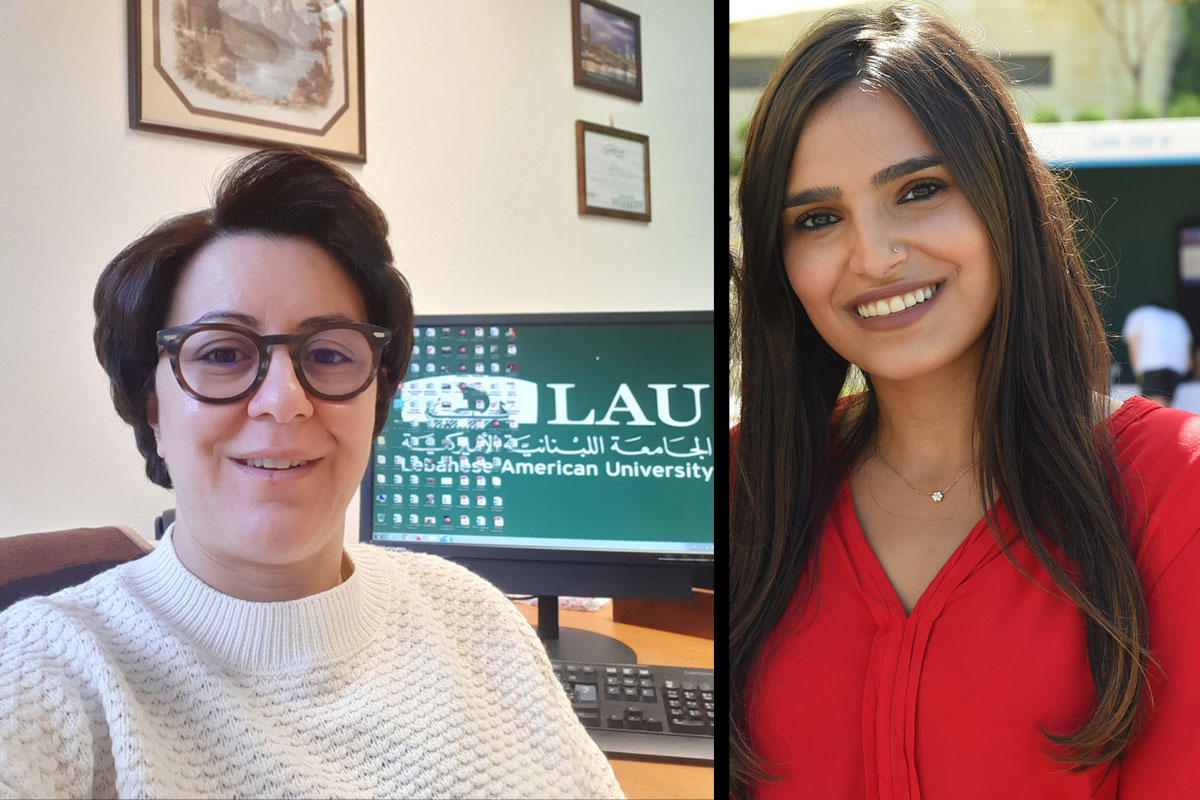Research Highlight: Breaking the Sufi Code in Translation
Alumna Maya Azzam and Assistant Professor of Translation Andree Affeich explore the challenges and techniques of translating Sufi literature.
A research paper by alumna Maya Azzam (BA ’18) and Assistant Professor of Translation Andree Affeich tackles the complexities of translating Sufi literature into English – an area that is not sufficiently explored.
In Sufi terms and their translation from Arabic to English, the authors examine and critique the translation of prominent Sufi poet Al-Hallaj’s Diwân by British scholar Martin Lings in his book Sufi Poems: A Mediaeval Anthology (Arabic and English ed.).
While still an undergraduate, Azzam started the research under Dr. Affeich’s supervision for her BA in Translation senior study course. After her graduation, both authors kept up the work, with Dr. Affeich editing and conducting further research on the topic, to produce a paper worthy of publication.
Given the lack of adequate studies on the translation of Sufi poetry, Azzam said, the paper will serve as a “building block” for translators who are interested in translating Sufi texts.
“The study offers insights into the translation of religious texts and examines the conceptual and terminological challenges that translators face in rendering Sufi terms and concepts into English,” she added. It covers “the formation of Sufi terms, their nature, and how they function in context,” using a textual approach to terminology to analyze Sufi concepts and their translation into English.
Answering the question of the “translatability” of Sufi terms, the paper concludes that Lings was able to translate them “only to an acceptable range of comprehension but not to the full scale of conviction” due to a limitation of the language.
Translators have the dual responsibility of staying true to the source text and achieving the most accurate rendering of the text in the target language.
In the case of Sufi texts, Azzam advises translators to find the closest possible equivalent in the target language and/or to keep the Arabic Sufi term as is in parentheses. In addition, they can “resort to adding footnotes in the target text to compensate for the meaning lost in translation,” she said.
Translators also need to acquaint themselves with Sufi terminology and philosophy. In order to deliver the most accurate translation and avoid ambiguity or misinterpretation, “he/she must not only be bilingual but also bicultural and well versed in Sufism.”
The process was an enriching experience for Azzam both personally and academically.
“I have explored the deepest truths and secrets about the universe that were revealed while examining such life-changing spiritual texts,” she said. “Academically, I was more than satisfied given that I had just graduated from university and now I have a published article, which is an added value to my academic path.”
Azzam also pursued a Minor in Arabic Language and Literature under the guidance of Humanities Department Chair Vahid Behmardi – a decision, she said, that contributed greatly to her research.
“The translation major and my minor complemented each other in coming up with such a publication,” said Azzam, who is head of counselors at Education Basket, an education consultancy based in the Middle East.
The senior translation course, she added, has prepared her for the next phase after graduation, as it teaches students “the intricacies of the scientific and publishing processes, providing them with deep knowledge once they decide to pursue graduate studies.”
Involving undergraduate students in research complies with LAU’s Third Strategic Plan, explained Dr. Affeich. “By offering high-impact experiences and research opportunities, the Translation Program here at LAU is promoting intellectual growth and nurturing critical and creative thinking among its undergraduate students,” she said.
The course has culminated in the publication of two papers by undergraduates, including Azzam’s, in internationally indexed and peer-reviewed journals, while a third is currently under review.
